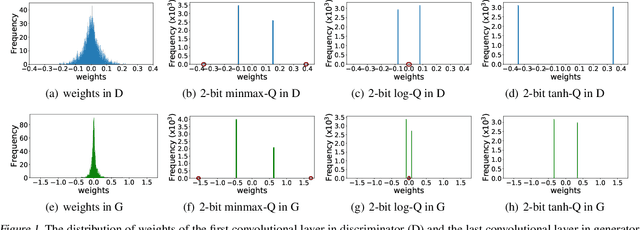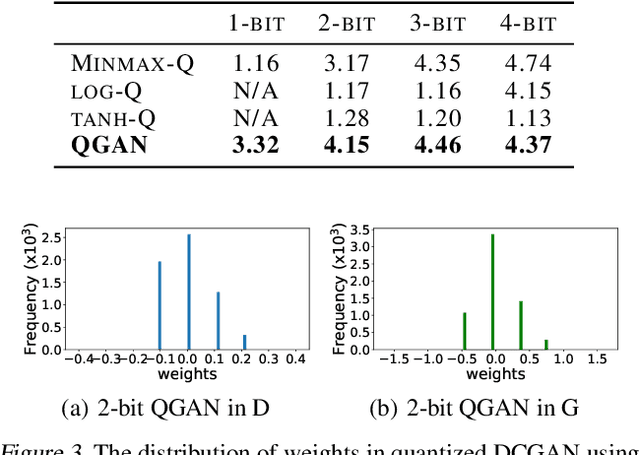Yongqiang Lyu
DynaComm: Accelerating Distributed CNN Training between Edges and Clouds through Dynamic Communication Scheduling
Jan 20, 2021



Abstract:To reduce uploading bandwidth and address privacy concerns, deep learning at the network edge has been an emerging topic. Typically, edge devices collaboratively train a shared model using real-time generated data through the Parameter Server framework. Although all the edge devices can share the computing workloads, the distributed training processes over edge networks are still time-consuming due to the parameters and gradients transmission procedures between parameter servers and edge devices. Focusing on accelerating distributed Convolutional Neural Networks (CNNs) training at the network edge, we present DynaComm, a novel scheduler that dynamically decomposes each transmission procedure into several segments to achieve optimal communications and computations overlapping during run-time. Through experiments, we verify that DynaComm manages to achieve optimal scheduling for all cases compared to competing strategies while the model accuracy remains untouched.
QGAN: Quantized Generative Adversarial Networks
Jan 24, 2019



Abstract:The intensive computation and memory requirements of generative adversarial neural networks (GANs) hinder its real-world deployment on edge devices such as smartphones. Despite the success in model reduction of CNNs, neural network quantization methods have not yet been studied on GANs, which are mainly faced with the issues of both the effectiveness of quantization algorithms and the instability of training GAN models. In this paper, we start with an extensive study on applying existing successful methods to quantize GANs. Our observation reveals that none of them generates samples with reasonable quality because of the underrepresentation of quantized values in model weights, and the generator and discriminator networks show different sensitivities upon quantization methods. Motivated by these observations, we develop a novel quantization method for GANs based on EM algorithms, named as QGAN. We also propose a multi-precision algorithm to help find the optimal number of bits of quantized GAN models in conjunction with corresponding result qualities. Experiments on CIFAR-10 and CelebA show that QGAN can quantize GANs to even 1-bit or 2-bit representations with results of quality comparable to original models.
 Add to Chrome
Add to Chrome Add to Firefox
Add to Firefox Add to Edge
Add to Edge